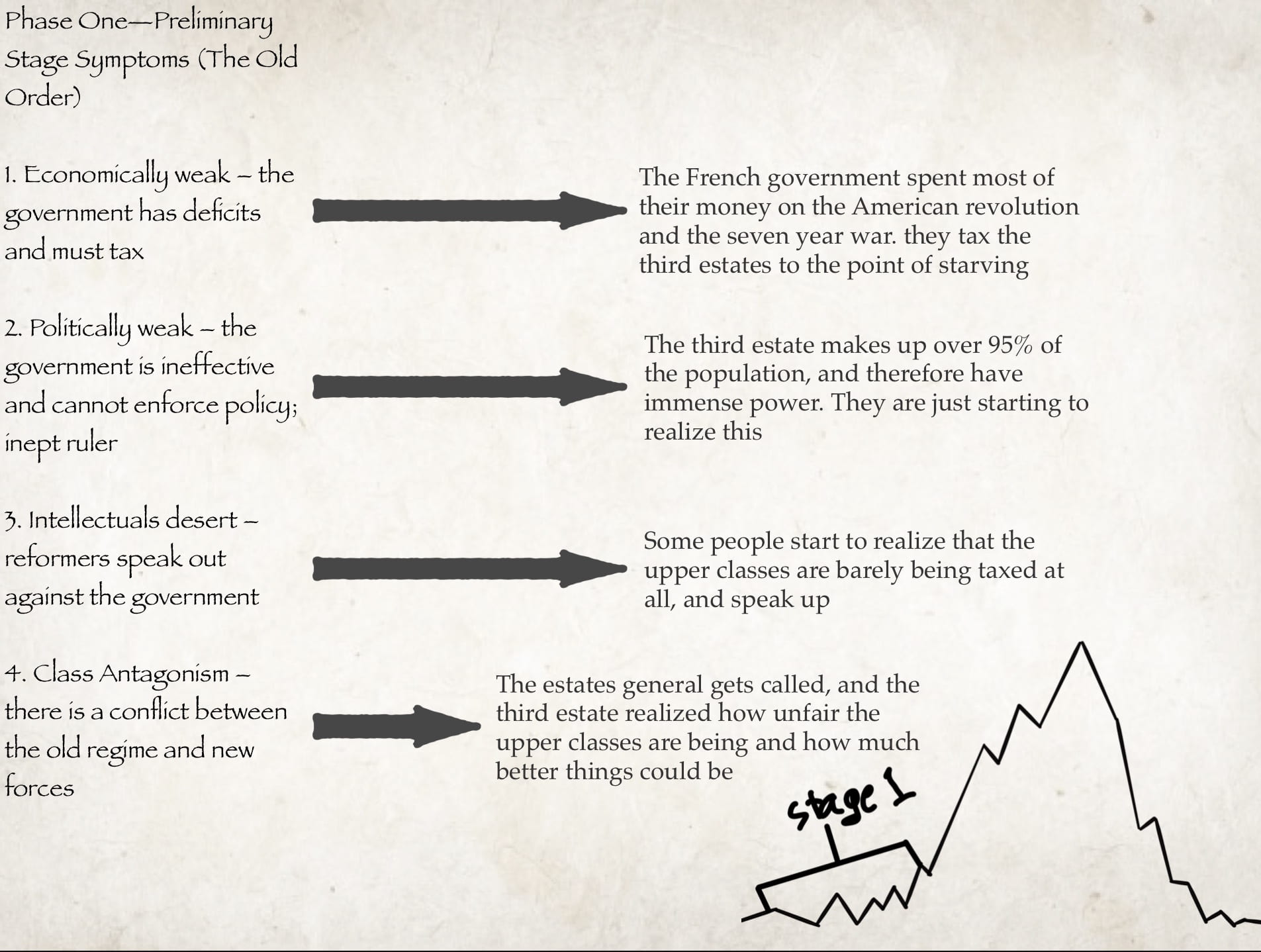In the latest Scimatics 9 project, I learned about electron arrangements, magnetic charges, and much more. So, without further ado, here is the post!
As with most scimatics projects, we started off with a mindmap that showed what we knew going into the project and questions we had.

The second assignment in this project was an experiment, which was split into two steps: an animation that explains the lab procedure and the actual experiment+lab report.
The experiment was very fun, and I really enjoyed this experiment.

I should also mention how throughout the project we did workbooks and other small activities to continue adding to our knowledge. The next big event in this project was milestone 4 though, which was the Bohr models and storyboard. The final product of this project is an animated video that shows electron arrangement through Bohr models. I decided that in my video I would show how sulfur dioxide and calcium phosphide form. My storyboard had 7 boxes that show the general direction of my video, and I created two Bohr models for each of the atoms, one after bonding, and one before. And after that, this was my final product:
Then, I went on Christmas break for two weeks, and when I came back, I started working on my final animated video. I followed my storyboard pretty well, but added some extra details.
And now, for the curricular competencies of this project.
Communicating: Formulate physical or mental theoretical models to describe a phenomenon
Detailed and clear voice overs are synchronized with animation to explain bonding processes using proper scientific language.
My video contains clear voiceover that is well synchronized to the animation. It uses proper scientific language as well, like covalent, ionic, atomic, electron, etc…
Processing and Analyzing: Construct, analyze and interpret models and/or diagrams
A carefully animated video uses Bohr models to show electron arrangement of atoms and ions. It accurately portrays the electron exchange in ionic bonding and electron sharing in covalent bonding.
I spent time making sure that my electron arrangements are correct, and that the electron exchange is also correct.
Questioning and Predicting: Demonstrate a sustained intellectual curiosity about a scientific topic or problem of personal interest
All class time is used efficiently for learning without distractions.
I handed in all my work on time (excluding revisions, of course) and my work was quality.
Thanks for reading my post! If you liked it stay tuned for more. Bye









































